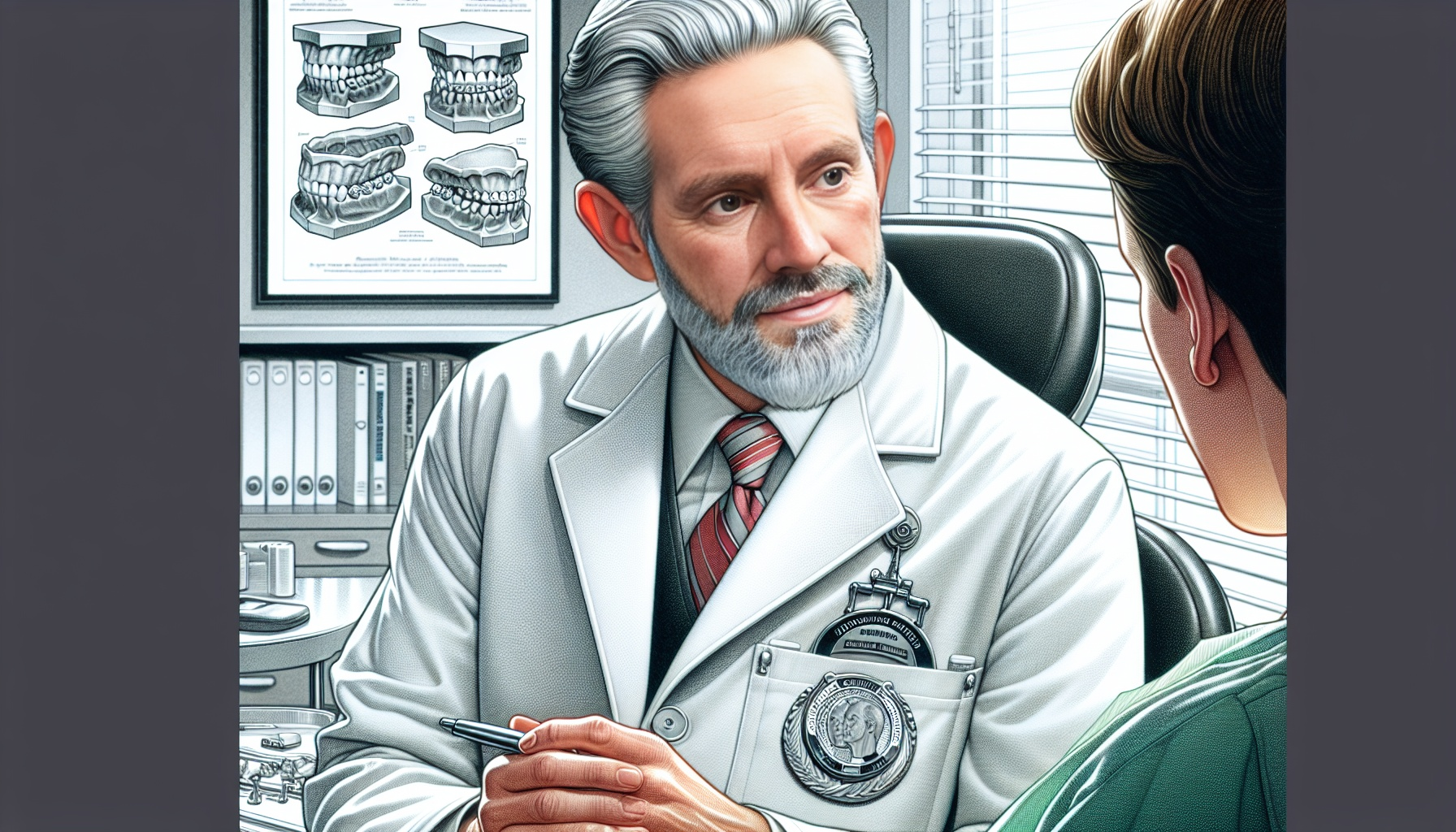
An orthodontist’s work on any given day involves diagnosing and treating dental and jaw irregularities through various orthodontic treatments to improve oral health. They adjust braces, design dental appliances, and collaborate with other dental professionals to provide comprehensive care. This article delves into their daily responsibilities, different work environments, advanced procedures, and technological advancements in the field.
Key Takeaways
-
Orthodontists focus on diagnosing, preventing, and treating dental and jaw irregularities using tools like braces and aligners to enhance both appearance and oral health.
-
Becoming an orthodontist requires an extensive educational journey including undergraduate coursework, dental school, specialized residency, and passing the National Board Dental Examination.
-
Orthodontists work in various settings such as private practices, group practices, hospitals, and community health centers, each offering different levels of autonomy, collaboration, and financial prospects.
0 Introduction
Orthodontists are dental specialists who diagnose, prevent, and treat irregularities in the teeth and jaw. They tackle common dental problems such as:
-
misaligned teeth
-
crowded teeth
-
overbites
-
jaw and facial irregularities
Their goal is not just to enhance the appearance of a patient’s smile but also to improve their overall oral health and maintain normal function.
Orthodontic treatment focuses on:
-
Proper teeth alignment to promote efficient chewing, eating, and speaking
-
Correcting dental and facial irregularities
-
Bolstering the normal function of the oral cavity, a key factor in overall health
The significant improvements orthodontists bring to patients’ lives make their profession both challenging and rewarding.
What Does an Orthodontist Do?
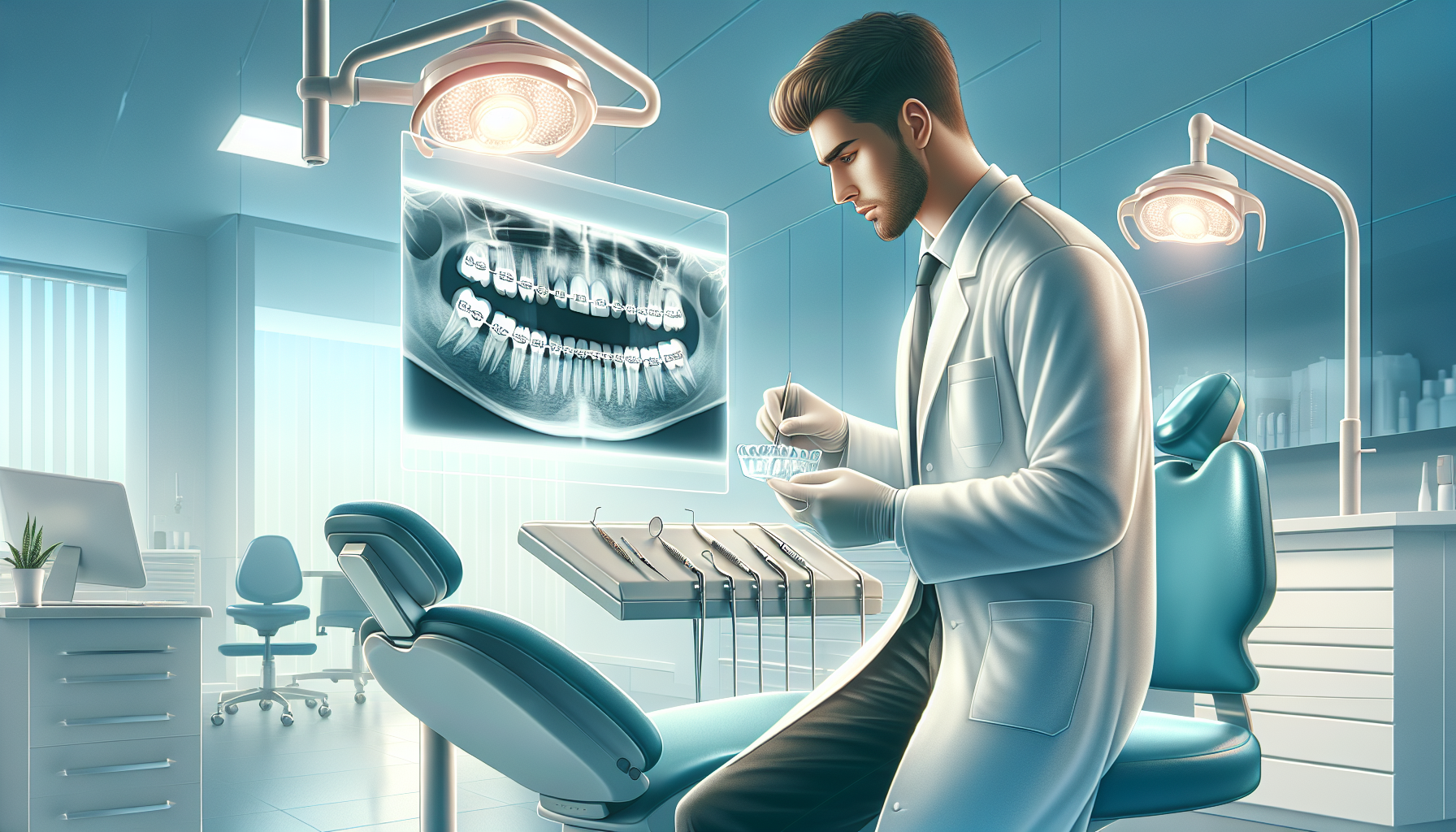
Orthodontists are pivotal in the dental health landscape, implementing a range of orthodontic procedures to treat dental malocclusions and other irregularities. They use braces, aligners, and other dental appliances to address issues such as misaligned teeth, crowded teeth, and overbites. These treatments are essential for improving not only the aesthetic appearance of a patient’s smile but also their oral health.
Orthodontic treatments play a crucial role in addressing dental malocclusions and other irregularities, using fixed and removable dental devices like braces, retainers, and bands to correct dental abnormalities.
Braces and aligners are among the most common tools in an orthodontist’s arsenal, designed to realign teeth and jaws. Using specialized dental appliances such as retainers and bands, orthodontists make sure that teeth stay in their correct positions. Collaboration with other dental professionals like general dentists and oral surgeons is also a common part of their job, enabling them to offer comprehensive care.
Beyond straightening teeth, orthodontic treatment focuses on enabling patients to achieve straight teeth, bite, chew, and speak correctly. Orthodontists often carry out orthognathic surgery to address severe jaw abnormalities, underscoring the extensive scope of their expertise. This comprehensive approach emphasizes the vital role orthodontists play in preserving and enhancing oral health.
Key Responsibilities of an Orthodontist
The key responsibilities of orthodontists include:
-
Creating and implementing effective treatment plans based on detailed evaluations of the entire oral cavity
-
Diagnosing patients and discussing various treatment options and associated costs
-
Examining and interpreting X-rays and other diagnostic tests to determine the best course of action.
Orthodontists have several important roles in dental care:
-
They craft dental appliances to realign teeth and jaws, helping patients attain the best possible dental health and appearance.
-
They work closely with general dentists, particularly on restorative work, to devise comprehensive treatment plans.
-
They supervise orthodontic assistants and other staff members in their practice, ensuring seamless operations and top-tier patient care.
To measure the progress of treatments, orthodontists rely on a variety of diagnostic records, including panoramic X-rays and intraoral photos. These records help them adjust treatment plans as needed to achieve the desired outcomes. By focusing on both the functional and aesthetic aspects of dental health, orthodontists play a critical role in maintaining normal oral function and improving patients’ confidence.
Educational Path to Becoming an Orthodontist: From Dental School to Residency
The journey to becoming an orthodontist is a rigorous and lengthy one, typically spanning 10 to 11 years. It includes the following steps:
-
Complete prerequisite coursework in subjects like biology and chemistry during undergraduate studies.
-
Pass the Dental Admission Test to gain entry into dental school.
-
Spend several years in dental school gaining both theoretical knowledge and practical experience.
After graduating from dental school, the next step is to undergo specialized training through an orthodontic residency program, which usually lasts an additional 2 to 3 years. This residency provides in-depth training in orthodontic procedures, allowing future orthodontists to hone their skills under the supervision of experienced professionals. The final hurdle is passing the National Board Dental Examination, which is required to practice orthodontics legally.
This extensive educational path ensures that orthodontists are well-prepared to handle the complexities of diagnosing and treating dental and facial irregularities. The combination of rigorous academic training and hands-on clinical experience equips them with the skills necessary to provide high-quality orthodontic care.
Different Work Environments for Orthodontists
Orthodontists have the flexibility to work in various settings, each offering unique advantages and challenges. These environments include:
-
Private practices
-
Group practices
-
Hospitals
-
Academic institutions
-
Community health centers
The choice of work environment can significantly influence an orthodontist’s daily routine, financial earnings, and career satisfaction.
Each setting has its own set of pros and cons, which we will explore further in the subsections. From the autonomy of running a private practice to the collaborative nature of group practices and the community-focused roles in hospitals, orthodontists can find a work environment that best suits their professional goals and personal preferences.
Working in Private Practice
Running a private practice offers orthodontists:
-
A high degree of autonomy, allowing them to set their own hours and make independent clinical and business decisions
-
Flexibility in their work environment and patient care
-
The potential for unlimited earnings
-
Various tax benefits
This can be particularly appealing for orthodontists who value control and independence in their practice.
However, starting a private practice comes with significant financial risks and responsibilities. Orthodontists must invest in office space, materials, and staff, which can lead to substantial debt, especially in the initial stages. Beyond clinical duties, managing a private practice also involves business management and marketing, adding to the workload.
Joining a Group Practice
Joining a group practice is a popular choice for new orthodontists, as it offers the opportunity to:
-
Gain valuable experience and mentorship from seasoned professionals
-
Work under a supervising orthodontist or clinical director, handling their own caseload of patients
-
Have access to shared resources and cross-disciplinary collaboration, which can enhance patient care.
The collaborative environment of a group practice provides a broader range of dental services, benefiting both patients and practitioners. For orthodontists, this means access to a wider array of tools and expertise, fostering professional growth and development.
Hospital and Community Health Center Roles
Orthodontists working in hospitals or community health centers often provide essential dental services to underserved populations, making a significant impact on community health. These roles offer opportunities for collaboration with other healthcare professionals, exposing orthodontists to a diverse patient population and a variety of medical conditions.
However, these positions typically come with lower salaries compared to private or group practices. Despite this, the chance to work in a multidisciplinary environment and contribute to public health can be highly rewarding for many professionals.
Daily Life of an Orthodontist: Managing Dental Appliances
A typical day for an orthodontist includes:
-
Starting early, often around 6:10 a.m., with preparations for the day ahead
-
Reviewing the schedule and preparing treatment plans, including orthodontic treatments
-
Getting ready for patient appointments
-
Seeing a high volume of patients daily, usually around 50 to 60, making adjustments and checking progress
-
Handling unexpected tasks like fixing broken brackets and dealing with emergencies.
In addition to clinical duties, orthodontists have the following responsibilities:
-
Overseeing orthodontic assistants who perform tasks such as changing wires and prepping brackets
-
Ensuring that the practice runs smoothly and that patients receive high-quality care
-
Balancing their professional and personal lives by working full-time or part-time
One of the most rewarding aspects of being an orthodontist is witnessing the transformation in patients’ smiles and confidence. From the first visit after braces are bonded to the final visit when they are removed, orthodontists play a crucial role in improving their patients’ oral health and self-esteem.
Advanced Orthodontic Procedures and Techniques
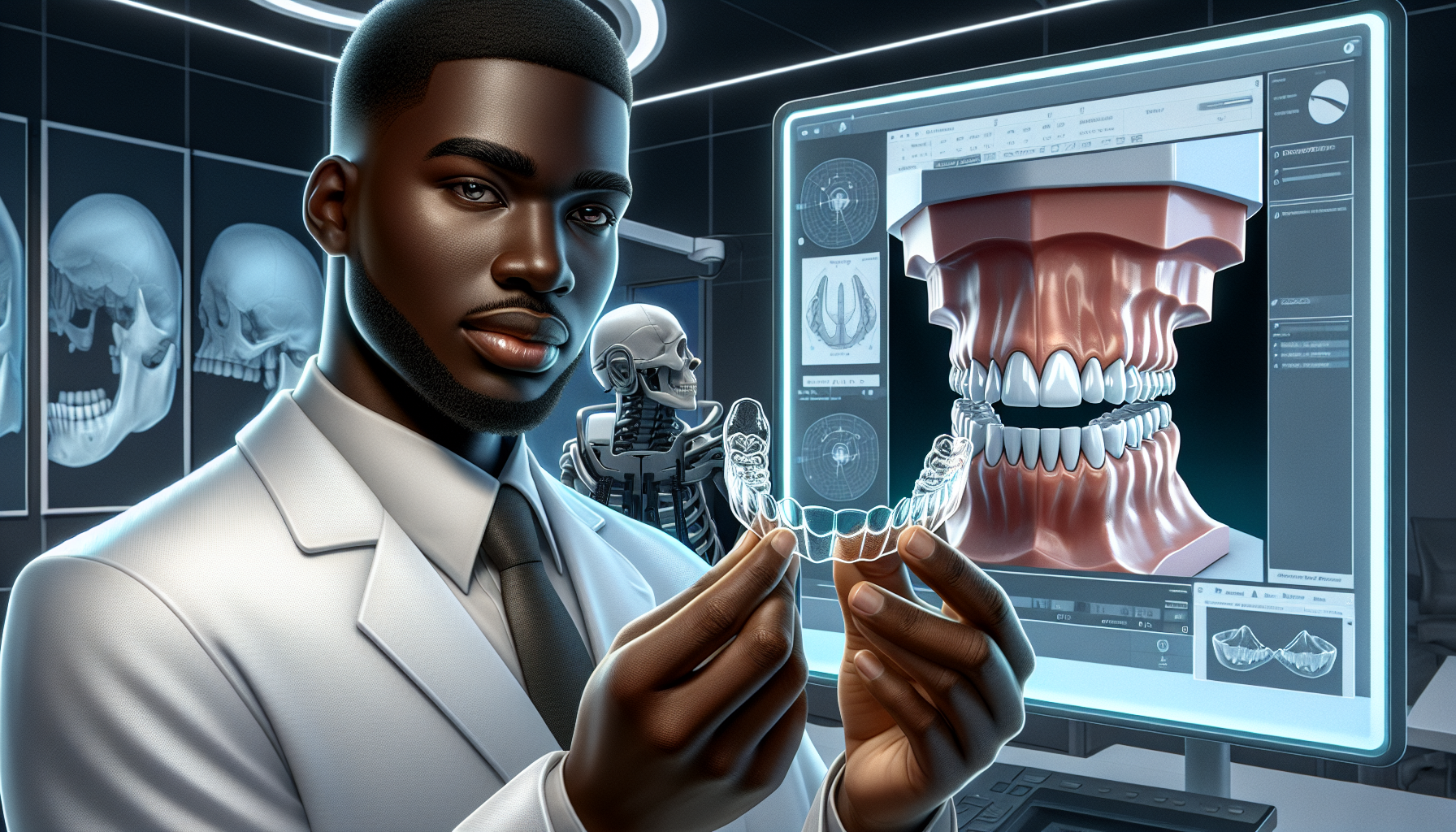
To tackle more complex dental and facial irregularities, orthodontists carry out a variety of advanced procedures. For example, orthognathic surgery aids in realigning the jaws to enhance bite and facial symmetry, providing solutions for congenital issues like overbites and cleft palate, as well as complications resulting from injuries or medical conditions. The process involves several stages, including pre-surgery orthodontic treatment, the surgery itself, and post-surgery care, often spanning two to three years.
Another significant advancement in orthodontics is the use of clear aligners, which offer a more aesthetically pleasing and comfortable alternative to traditional metal braces. These aligners are custom-made for each patient using advanced 3D imaging and printing technologies, making the treatment process more precise and efficient.
Accelerated orthodontics techniques have also emerged, using high-tech appliances to speed up tooth movement and reduce treatment time. These advancements provide patients with faster and more comfortable treatment options, enhancing their overall orthodontic experience.
Technological Advancements in Orthodontics
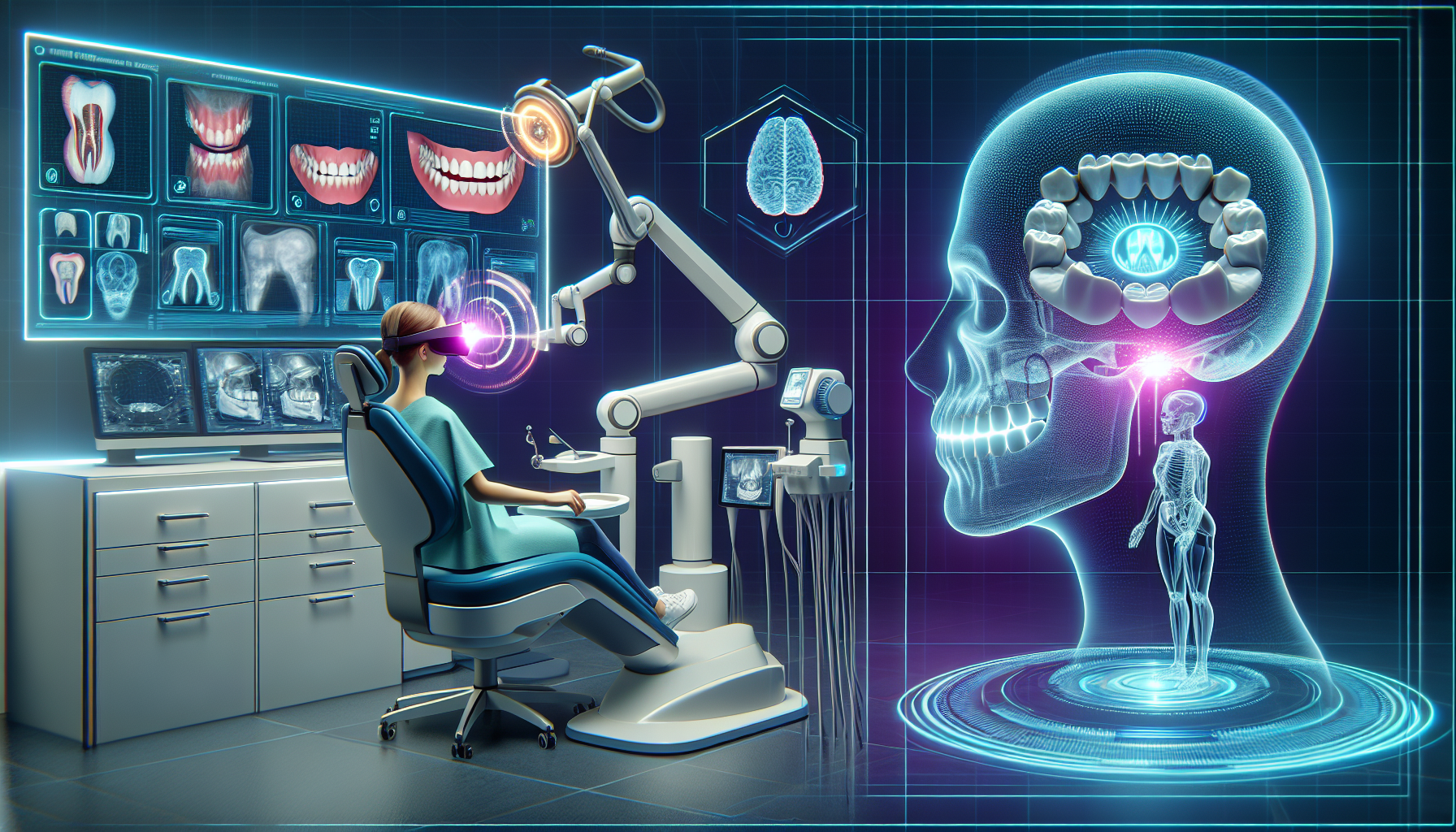
The field of orthodontics has been transformed by technological advancements, leading to more precise and efficient treatments. The use of tools such as 3D imaging and digital scanning enables orthodontists to devise intricate treatment plans specific to each patient’s needs. Cone-Beam Computed Tomography (CBCT) provides 3D images of the teeth, soft tissues, nerve pathways, and bone, crucial for accurate diagnosis and treatment planning.
Robotics and automation have also made their mark, enabling orthodontists to perform complex procedures with greater precision. Artificial intelligence is used to design custom orthodontic appliances and predict treatment outcomes, improving the overall effectiveness of orthodontic care. Additionally, virtual reality helps patients visualize treatment outcomes before starting, enhancing their understanding and satisfaction.
Teleorthodontics is another promising development, allowing for remote consultations and treatment planning through video conferencing and mobile apps. These technological innovations are transforming the way orthodontic care is delivered, making it more accessible and patient-friendly.
Job Outlook and Salary Expectations
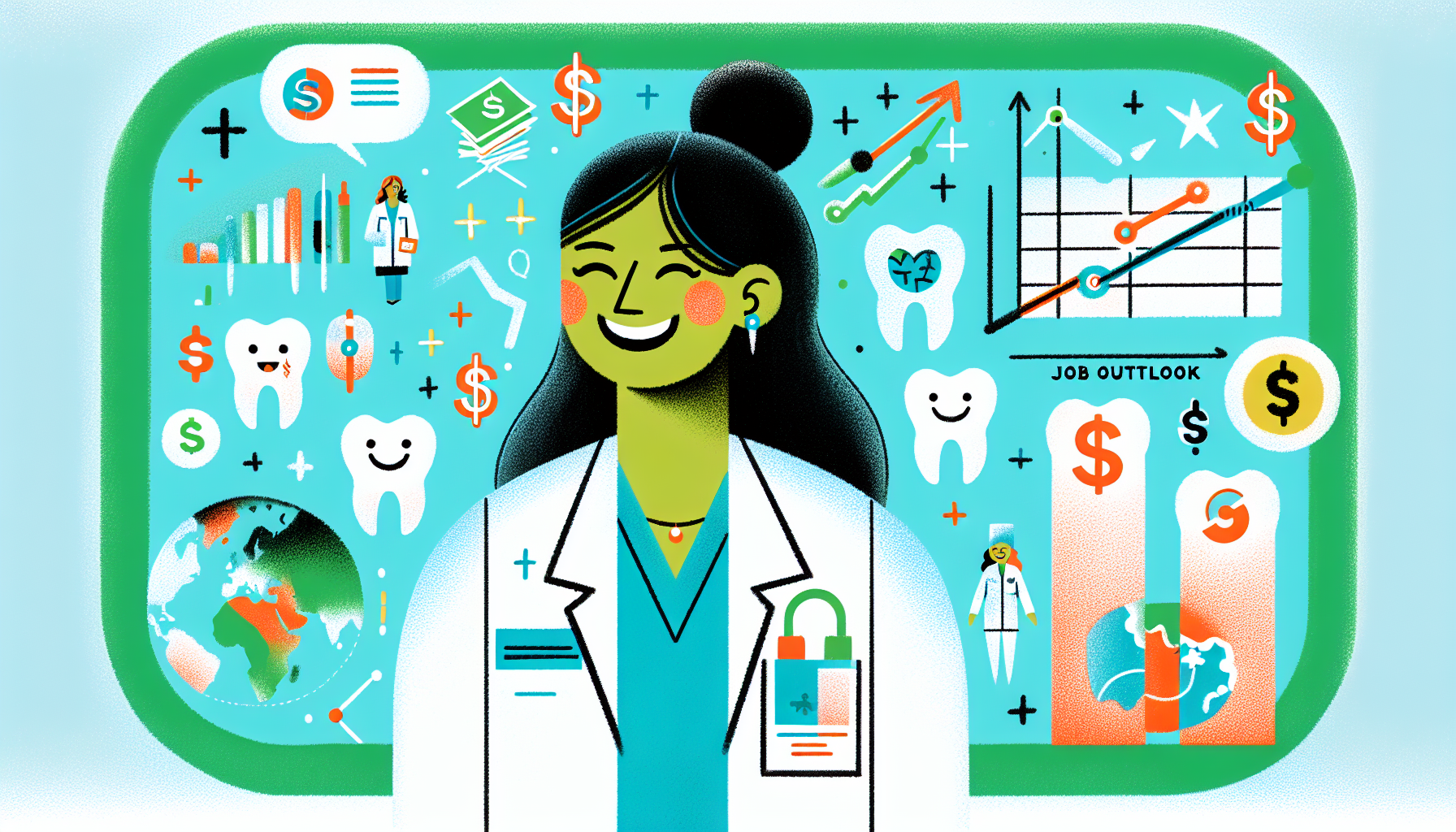
A positive job outlook awaits orthodontists, as employment is projected to grow in the coming decade. This growth is fueled by a rising demand for orthodontic services, with more individuals aspiring to enhance their dental health and appearance. According to the Bureau of Labor Statistics, orthodontists can expect to earn an average annual salary of $237,990. However, salaries can vary significantly based on location and industry.
For instance, orthodontists in the following states have the highest average salary:
-
Oklahoma: approximately $286,050 annually
-
Virginia: around $279,710 annually
-
Washington: around $279,710 annually
-
North Carolina: around $279,710 annually
-
Minnesota: around $271,270 annually
While orthodontists in the healthcare and social assistance industry earn the highest average salary at about $239,010, those in educational services tend to earn less, around $85,660.
Pros and Cons of Being an Orthodontist
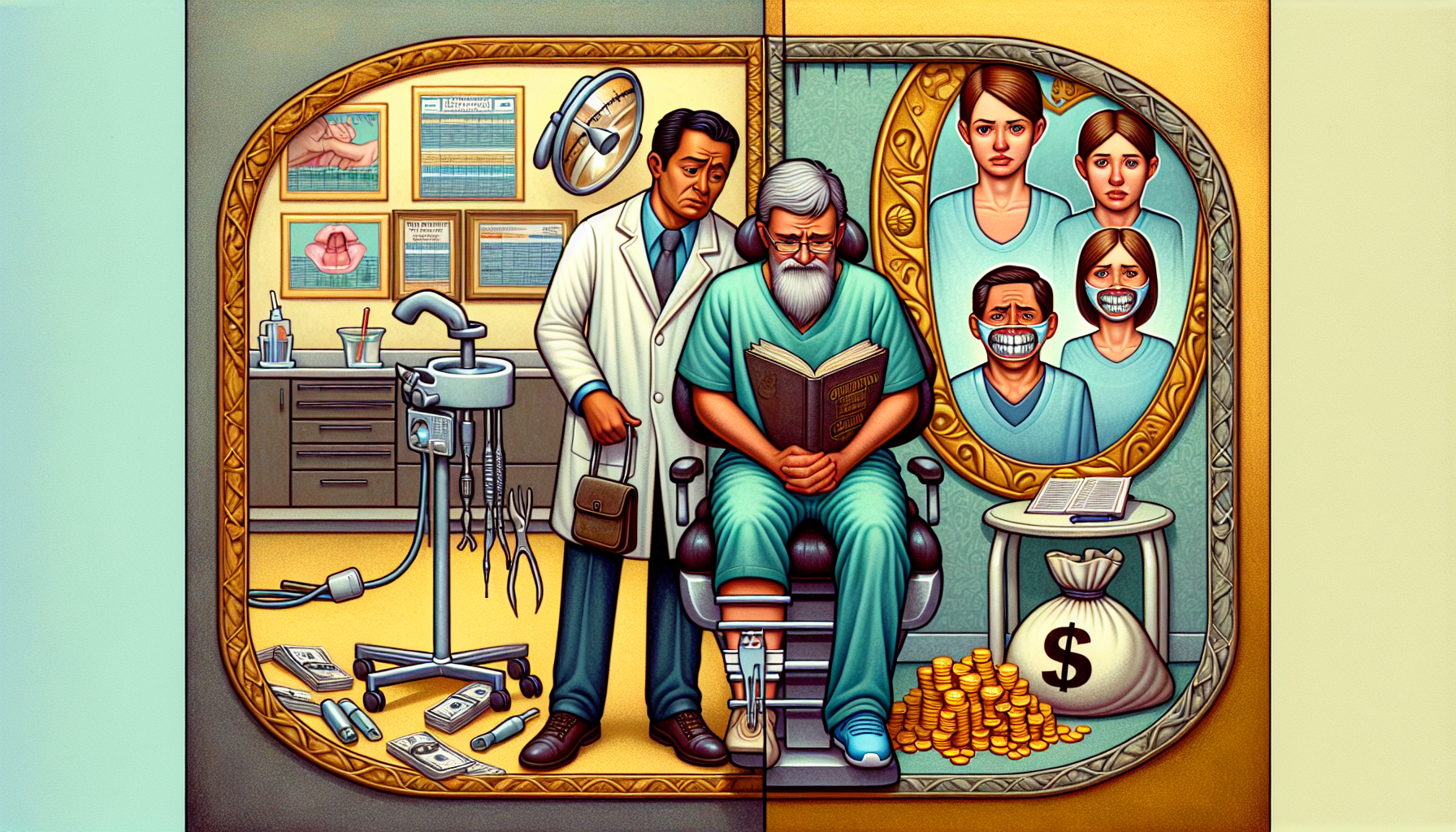
The role of an orthodontist brings a blend of benefits and challenges. Some of the primary perks include the potential for a high income and job security. The satisfaction derived from significantly boosting their patients’ oral health and confidence also serves as a substantial reward for orthodontists. However, the job can be physically demanding, often leading to issues such as back and neck pain due to the nature of dental work.
Success in this field requires a combination of intellectual and social traits. Orthodontists need to be:
-
Investigative
-
Methodical
-
Analytical
-
Patient
-
Caring
-
Empathetic
These qualities help them navigate the complexities of orthodontic treatment and provide the best possible care to their patients.
Summary
Orthodontists play a vital role in improving oral health, confidence, and overall well-being. Their responsibilities range from diagnosing and treating dental malocclusions to creating tailored treatment plans and performing advanced procedures like orthognathic surgery. The journey to becoming an orthodontist is rigorous and requires a strong commitment to education and continuous learning.
Whether working in a private practice, a group practice, or a community health center, orthodontists have the flexibility to choose a work environment that best suits their professional and personal goals. Technological advancements are continually enhancing the field, making orthodontic care more effective and patient-friendly. If you’re considering a career in orthodontics, the rewards of transforming smiles and improving lives are immense.
Frequently Asked Questions
What educational path is required to become an orthodontist?
To become an orthodontist, you will need to complete prerequisite coursework, attend dental school, undergo an orthodontic residency program, and pass relevant licensing exams. This is the typical educational path required to pursue this career.
What are the main responsibilities of an orthodontist?
The main responsibilities of an orthodontist include creating treatment plans, diagnosing dental malocclusions, interpreting diagnostic tests, collaborating with other dental professionals, and managing staff.
What are some advanced orthodontic procedures?
Some advanced orthodontic procedures include orthognathic surgery for jaw realignment, as well as the use of clear aligners and accelerated orthodontics.
What are the potential earnings for an orthodontist?
An orthodontist can earn an average annual salary of $237,990, but actual earnings may vary based on location and industry.
What are the pros and cons of being an orthodontist?
Being an orthodontist comes with a high salary potential, job stability, and the satisfaction of improving patients’ oral health. However, it also involves physical demands and the requirement for specific personal traits like patience and empathy.

